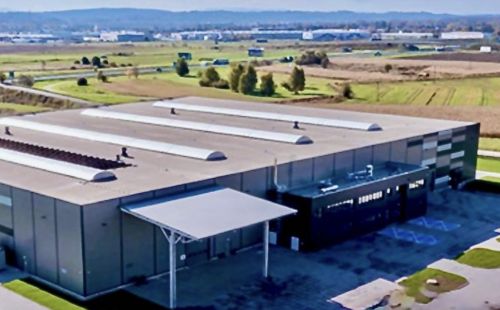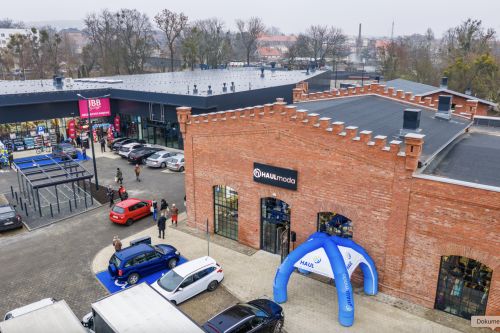In 2019, the investment transaction volume for the warehouse sector came to EUR 1.48 bln, 17 pct lower than the record set in 2018. It was lower because a number of negotiations were delayed and are expected to conclude in 2020, transactions might be worth in excess of EUR 1 bln. Both European funds and Asian investors are interested in the Polish industrial market. The low availability of product has resulted in a rising number of share deals and transactions being closed at a development stage. While 2018 was a year of portfolio transactions, 2019 was dominated by single tenant deals. Assets that changed hands include Amazon’s warehouses in Bolesławiec and Cental Poland as well as Zalando’s in Olsztynek. Yields continue to be squeezed. The best single warehouse projects trade at under 5 pct, while multi-tenant parks in the most popular logistics locations remain above 6 pct. However, the best assets on the outskirts of Warsaw hover at around 5.5 pct.
For the third yea































































The quiet revolution in Małopolska
The quiet revolution in Małopolska
Developers across the region are increasingly favouring heat pumps and photovoltaic systems over traditional gas boilers in warehouse construction. This shift marks a growing commi ...
Axi Immo
Modular construction becomes more prominent
Modular construction becomes more prominent
After a temporary slowdown, the modular construction market in Poland continues to expand in 2025. Although the sector faces challenges such as high material costs and investment f ...
Spectis
EXPO REAL 2025: From survival mode to selective recovery
EXPO REAL 2025: From survival mode to selective recovery
This year’s EXPO REAL in Munich marked a noticeable shift in tone across industry conversations. Following a period of uncertainty and postponed investment decisions, the com ...
Axi Immo